BMW 2 Series Active Tourer vs Hyundai i10 – Which car suits you better?
Everyday use, family trips or long-distance drives – here’s where the differences show.
Discover whether BMW 2 Series Active Tourer or Hyundai i10 fits your lifestyle better.
Costs and Efficiency:
Price and efficiency are key factors when choosing a car – and this is often where the real differences emerge.
Hyundai i10 has a decisively advantage in terms of price – it starts at 14600 £, while the BMW 2 Series Active Tourer costs 31000 £. That’s a price difference of around 16466 £.
Fuel consumption also shows a difference: BMW 2 Series Active Tourer manages with 0.90 L and is therefore significantly more efficient than the Hyundai i10 with 4.90 L. The difference is about 4 L per 100 km.
Engine and Performance:
Power, torque and acceleration are the classic benchmarks for car enthusiasts – and here, some clear differences start to show.
When it comes to engine power, the BMW 2 Series Active Tourer has a significantly edge – offering 326 HP compared to 90 HP. That’s roughly 236 HP more horsepower.
In acceleration from 0 to 100 km/h, the BMW 2 Series Active Tourer is clearly quicker – completing the sprint in 5.50 s, while the Hyundai i10 takes 11.40 s. That’s about 5.90 s faster.
In terms of top speed, the BMW 2 Series Active Tourer performs noticeable better – reaching 238 km/h, while the Hyundai i10 tops out at 175 km/h. The difference is around 63 km/h.
There’s also a difference in torque: BMW 2 Series Active Tourer pulls significantly stronger with 477 Nm compared to 172 Nm. That’s about 305 Nm difference.
Space and Everyday Use:
Beyond pure performance, interior space and usability matter most in daily life. This is where you see which car is more practical and versatile.
Both vehicles offer seating for 5 people.
In curb weight, Hyundai i10 is clearly lighter – 996 kg compared to 1545 kg. The difference is around 549 kg.
In terms of boot space, the BMW 2 Series Active Tourer offers convincingly more room – 470 L compared to 252 L. That’s a difference of about 218 L.
In maximum load capacity, the BMW 2 Series Active Tourer performs noticeable better – up to 1455 L, which is about 405 L more than the Hyundai i10.
When it comes to payload, BMW 2 Series Active Tourer a bit takes the win – 505 kg compared to 423 kg. That’s a difference of about 82 kg.
Who comes out on top?
Overall, the BMW 2 Series Active Tourer shows itself to be is largely superior and secures the title of DriveDuel Champion.
It convinces with the more balanced overall package and proves to be the more versatile choice for everyday use.
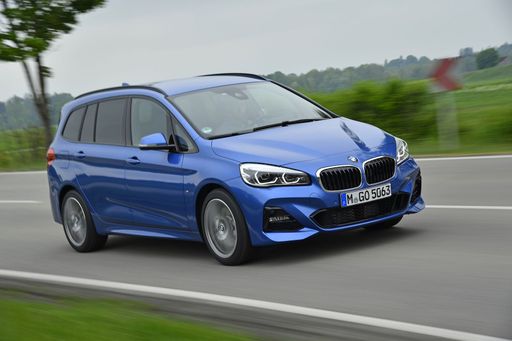
BMW 2 Series Active Tourer
BMW 2 Series Active Tourer
The BMW 2 Series Active Tourer offers a blend of versatility and modern design, making it an ideal choice for drivers seeking practicality without compromising on style. Its spacious interior and advanced technology features ensure a comfortable and connected driving experience. With a focus on efficiency and performance, this vehicle stands out as a refined option in the compact MPV segment.
details @ press.bmwgroup.com
@ press.bmwgroup.com
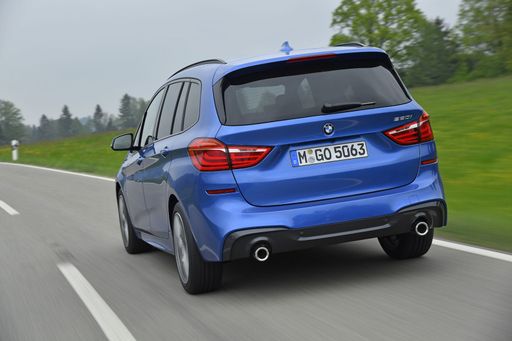 @ press.bmwgroup.com
@ press.bmwgroup.com
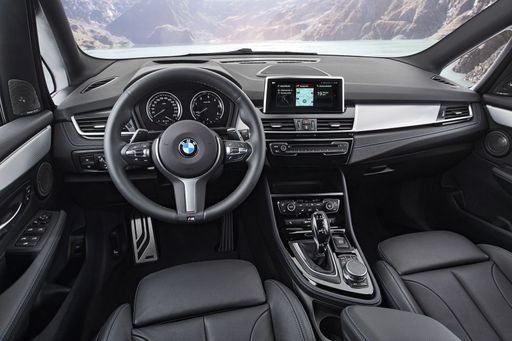 @ press.bmwgroup.com
@ press.bmwgroup.com
 @ press.bmwgroup.com
@ press.bmwgroup.com
Hyundai i10
The Hyundai i10 impresses with its compact design, making it an ideal choice for navigating through busy urban environments. Its interior is surprisingly spacious, offering drivers and passengers comfort beyond what one might expect from a city car. The model combines efficiency and practicality, making it an attractive option for those seeking both economy and functionality in their daily commute.
details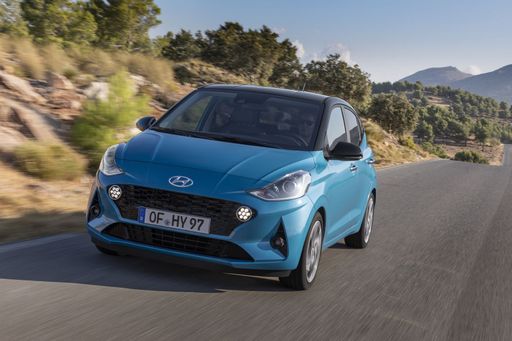 @ hyundai.news
@ hyundai.news
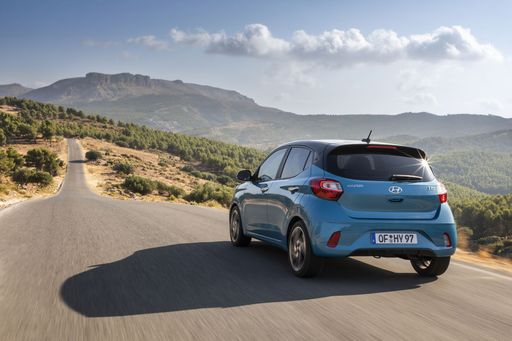 @ hyundai.news
@ hyundai.news
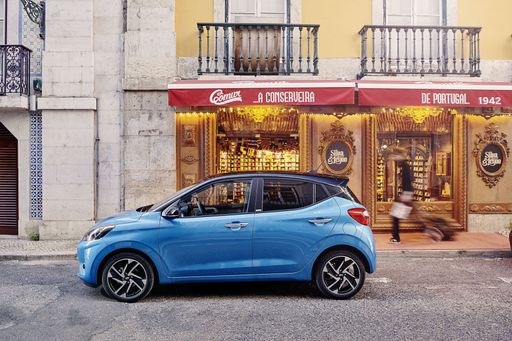 @ hyundai.news
@ hyundai.news
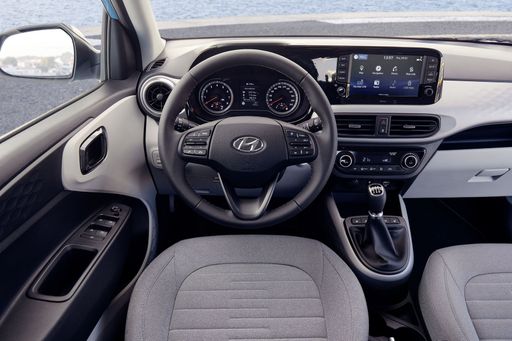 @ hyundai.news
@ hyundai.news
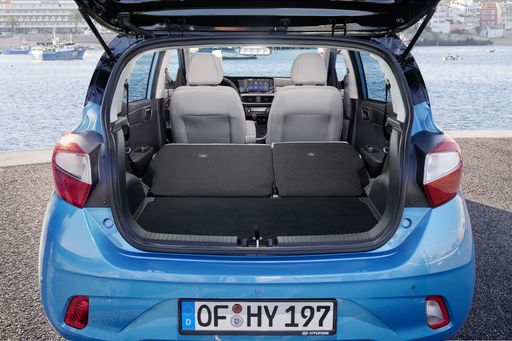 @ hyundai.news
@ hyundai.news

|

|
|
|
|
Costs and Consumption |
|
|---|---|
|
Price
31000 - 48000 £
|
Price
14600 - 19000 £
|
|
Consumption L/100km
0.9 - 6.2 L
|
Consumption L/100km
4.9 - 5.5 L
|
|
Consumption kWh/100km
-
|
Consumption kWh/100km
-
|
|
Electric Range
85 km
|
Electric Range
-
|
|
Battery Capacity
14.20 kWh
|
Battery Capacity
-
|
|
co2
20 - 140 g/km
|
co2
110 - 124 g/km
|
|
Fuel tank capacity
45 - 54 L
|
Fuel tank capacity
36 L
|
Dimensions and Body |
|
|---|---|
|
Body Type
MPV
|
Body Type
Hatchback
|
|
Seats
5
|
Seats
4 - 5
|
|
Doors
5
|
Doors
5
|
|
Curb weight
1545 - 1920 kg
|
Curb weight
996 - 1099 kg
|
|
Trunk capacity
406 - 470 L
|
Trunk capacity
252 L
|
|
Length
4386 mm
|
Length
3670 - 3675 mm
|
|
Width
1824 mm
|
Width
1680 mm
|
|
Height
1576 mm
|
Height
1480 - 1483 mm
|
|
Max trunk capacity
1370 - 1455 L
|
Max trunk capacity
1050 L
|
|
Payload
465 - 505 kg
|
Payload
344 - 423 kg
|
Engine and Performance |
|
|---|---|
|
Engine Type
Plugin Hybrid, Petrol, Petrol MHEV, Diesel, Diesel MHEV
|
Engine Type
Petrol
|
|
Transmission
Automatic
|
Transmission
Manuel, Automatic
|
|
Transmission Detail
Dual-Clutch Automatic
|
Transmission Detail
Manual Gearbox, Automated Manual
|
|
Drive Type
All-Wheel Drive, Front-Wheel Drive
|
Drive Type
Front-Wheel Drive
|
|
Power HP
122 - 326 HP
|
Power HP
63 - 90 HP
|
|
Acceleration 0-100km/h
5.5 - 10.3 s
|
Acceleration 0-100km/h
11.4 - 18.4 s
|
|
Max Speed
195 - 238 km/h
|
Max Speed
143 - 175 km/h
|
|
Torque
230 - 477 Nm
|
Torque
93 - 172 Nm
|
|
Number of Cylinders
3 - 4
|
Number of Cylinders
3 - 4
|
|
Power kW
90 - 240 kW
|
Power kW
46 - 66 kW
|
|
Engine capacity
1499 - 1998 cm3
|
Engine capacity
998 - 1197 cm3
|
General |
|
|---|---|
|
Model Year
2024
|
Model Year
2024
|
|
CO2 Efficiency Class
B, E, D
|
CO2 Efficiency Class
C, D
|
|
Brand
BMW
|
Brand
Hyundai
|
What drive types are available for the BMW 2 Series Active Tourer?
Available configurations include All-Wheel Drive or Front-Wheel Drive.
The prices and data displayed are estimates based on German list prices and may vary by country. This information is not legally binding.
